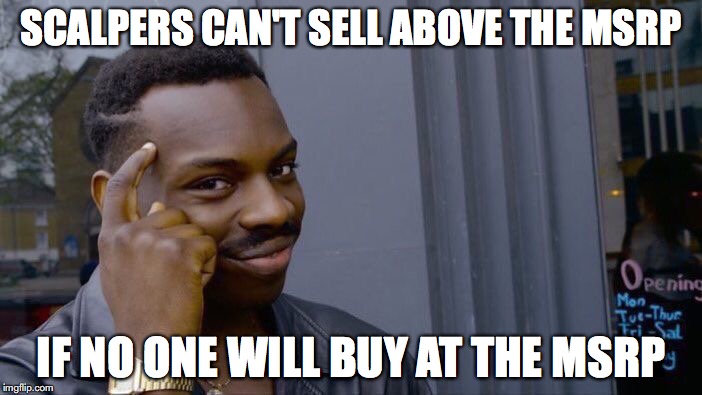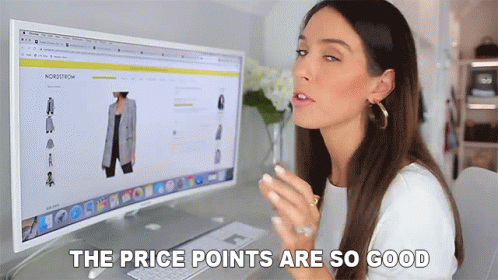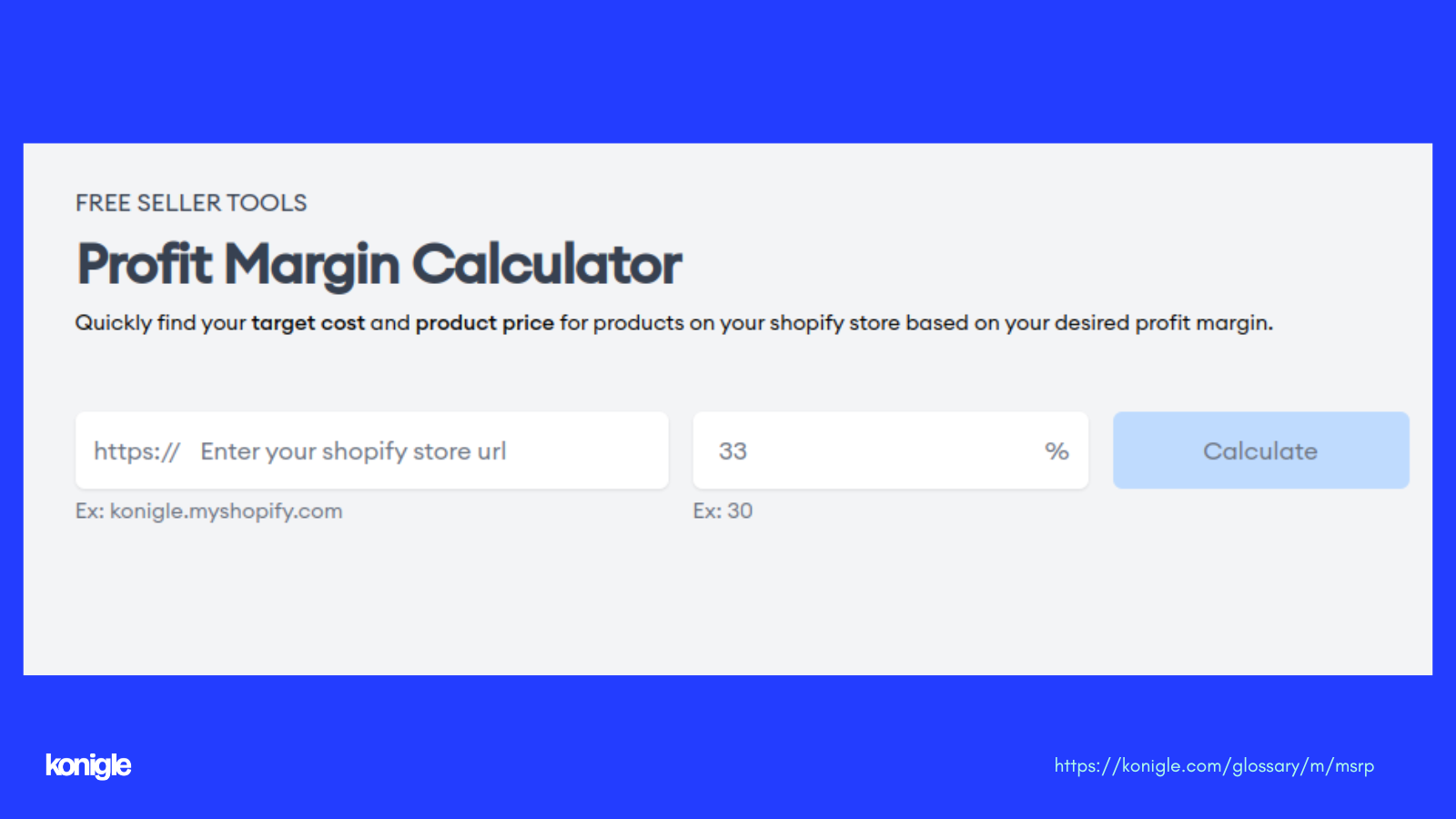MSRP
The manufacturer's Suggested Retail Price (MSRP) is the price recommended by a manufacturer for a particular product to be sold in e-commerce stores or the price that represents what manufacturers believe goods are worth in the marketplace.
What does MSRP mean?
As you know, MSRP, meaning is the Manufacturer's Suggested Retail Price. The list price, also known as the manufacturer's suggested retail price (MSRP), is the price at which the manufacturer recommends that a retailer sell a product. Basically, manufacturers are generally not allowed to force a retail store to sell at fixed prices; the manufacturer’s suggested product price, or MSRP, is the ideal solution.
If you are a manufacturer, As the name indicates, it is the suggested price you recommend to distributors and sellers for your products. With that, MSRP allows product pricing control by establishing a price standard and pricing equality across the resale chain.
As anyone who’s ever shopped for a vehicle knows, the list price is what sellers usually use to price their vehicles. For vehicle manufacturers, the MSRP price is important: it’s designed to offer buyers transparent pricing, prevent too-high pricing, and preserve desired margins for sellers.
However, this pricing isn’t fixed and will greatly depend on the invoice price. what the seller originally pays.
Konigle's Profit Margin Calculator quickly finds your target cost and product price for products on your Shopify store based on your desired profit margin.



